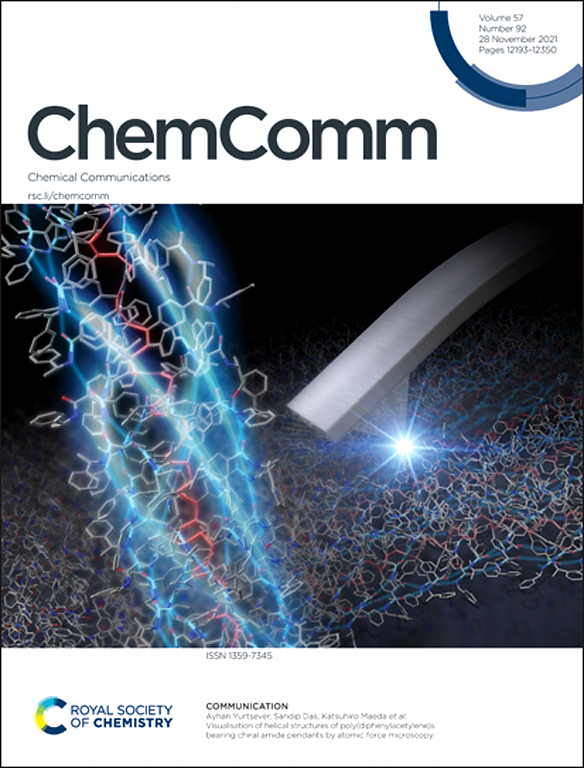Selective ion separation in electrosorption systems: progress in material development and mechanism exploration.
IF 4.2
2区 化学
Q2 CHEMISTRY, MULTIDISCIPLINARY
引用次数: 0
Abstract
Water scarcity remains a critical barrier to achieving global sustainable development. Capacitive deionization (CDI) has emerged as a promising water treatment technology owing to its low energy consumption, operational simplicity, and environmental compatibility. Nevertheless, its practical deployment is hindered by substantial challenges, including inadequate ion selectivity, limited desalination performance, and insufficient system stability in complex aqueous environments. This review offers a comprehensive overview of recent advancements in CDI, with a particular focus on enhancing ion selectivity through the synergistic optimization of ion exchange membranes and electrode materials. It explores the development of monovalent-selective membranes, structural engineering of functionalized electrodes, and the refinement of operational parameters. Moreover, it elucidates the mechanisms by which emerging functional materials-such as MXenes, graphene, and Prussian blue analogs-accelerate desalination kinetics and improve cycling durability. Future directions are identified, including the design of three-dimensional composite electrodes and multifunctional membranes that integrate high selectivity with robust antifouling properties. Additionally, this review consolidates commonly used performance metrics in CDI systems. Altogether, it provides a solid theoretical framework and outlines viable technological strategies to address existing limitations, paving the way for more efficient, economical, and sustainable CDI applications.电吸附系统中选择性离子分离:材料开发与机理探索进展。
缺水仍然是实现全球可持续发展的一个重大障碍。电容式去离子(CDI)因其低能耗、操作简单、环保等优点而成为一种很有前途的水处理技术。然而,它的实际应用受到一些重大挑战的阻碍,包括离子选择性不足、脱盐性能有限以及在复杂的水环境中系统稳定性不足。本文综述了近年来CDI的研究进展,重点介绍了通过离子交换膜和电极材料的协同优化来提高离子选择性。它探讨了单价选择膜的发展,功能化电极的结构工程,以及操作参数的改进。此外,它阐明了新兴功能材料(如MXenes、石墨烯和普鲁士蓝类似物)加速海水淡化动力学和提高循环耐久性的机制。确定了未来的发展方向,包括设计三维复合电极和多功能膜,将高选择性与强大的防污性能结合起来。此外,本综述还整合了CDI系统中常用的性能指标。总之,它提供了一个坚实的理论框架,并概述了可行的技术策略,以解决现有的局限性,为更有效、更经济、更可持续的CDI应用铺平了道路。
本文章由计算机程序翻译,如有差异,请以英文原文为准。
求助全文
约1分钟内获得全文
求助全文
来源期刊

Chemical Communications
化学-化学综合
CiteScore
8.60
自引率
4.10%
发文量
2705
审稿时长
1.4 months
期刊介绍:
ChemComm (Chemical Communications) is renowned as the fastest publisher of articles providing information on new avenues of research, drawn from all the world''s major areas of chemical research.
 求助内容:
求助内容: 应助结果提醒方式:
应助结果提醒方式:


